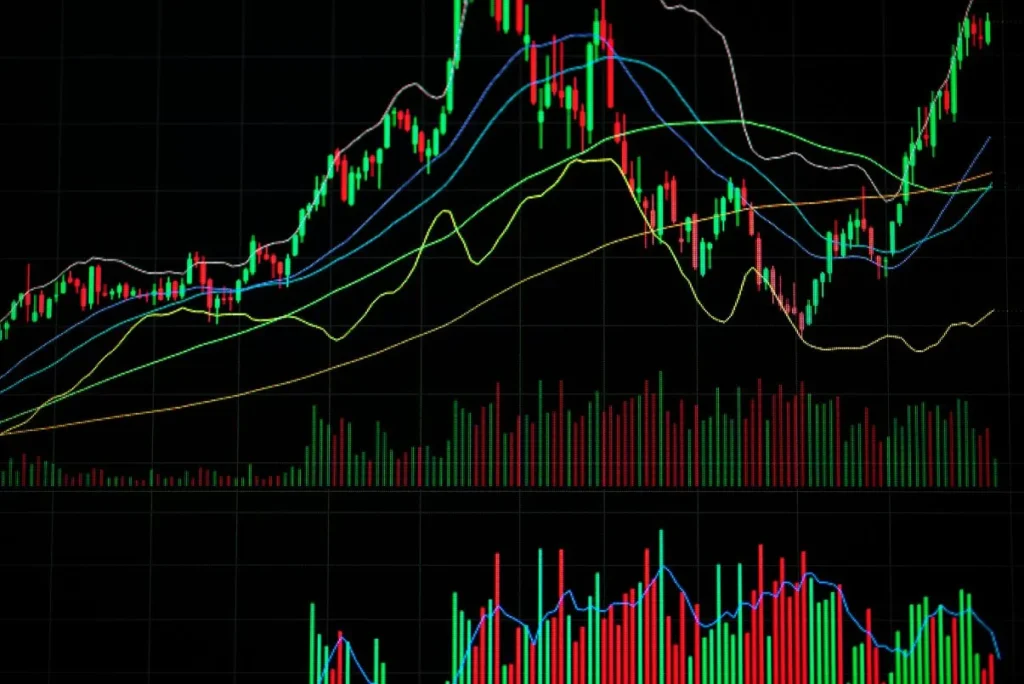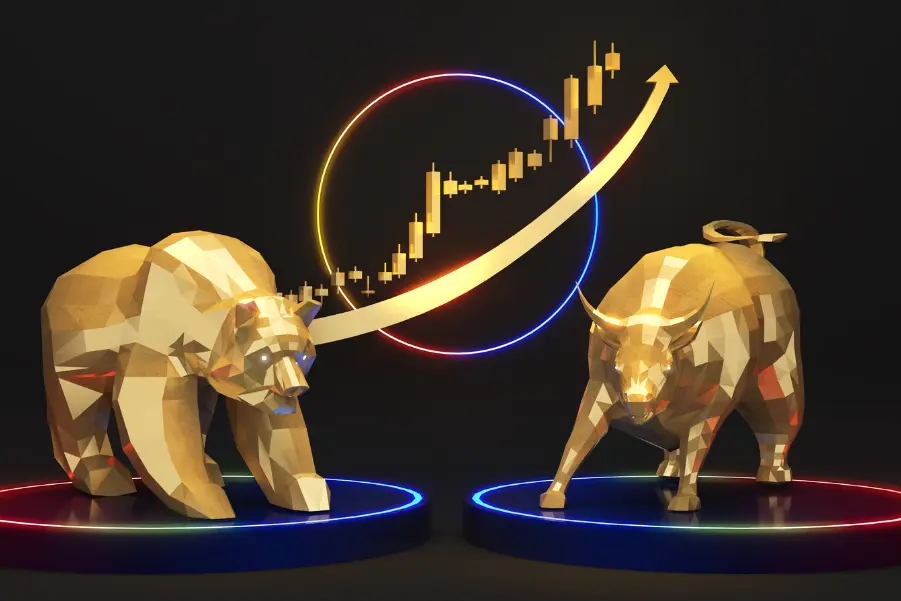In the world of finance, trading, and even sports, the term “bear trap” can be a game-changer. But what exactly is a bear trap? Let’s dig into this intriguing concept and explore its implications across various fields, including stocks, trading, crypto, golf, and network marketing.
What is a Bear Trap?
A bear trap is a deceptive market phenomenon that misleads investors into believing that a financial asset is about to decline significantly. This situation typically arises after a strong upward trend, where the price movement appears to signal a reversal. As a result, traders may initiate short positions, anticipating further drops.
However, the anticipated decline is short-lived, leading to a sudden price surge that traps these investors in losing positions. Understanding what a bear trap is is essential for anyone involved in trading across various markets, including stocks, cryptocurrencies, and even niche areas like golf and network marketing.
Bear Traps in Different Domains
Here we will explain bear Traps in different domains one by one:
What is a Bear Trap in Stocks?

In stock trading, a bear trap occurs when a declining stock appears to continue its downward trend, encouraging investors to sell, only to suddenly reverse and move upward. Traders who short-sell during this period can face substantial financial losses.
Key characteristics of stock market bear traps include:
- Temporary price decline that seems like a sustained downward trend
- Sudden and unexpected price reversal
- Potential for significant financial implications
What is a Bear Trap in Golf?

In golf terminology, a “bear trap” refers to a challenging section of a course designed to test a player’s skill and strategy. These areas often feature difficult terrain, strategic bunkers, or complex layouts that can dramatically impact a player’s performance.
What is a Bear Trap in Crypto?

In the volatile world of cryptocurrencies, a bear trap can have a significant impact on trading strategies. When investors believe the market is entering a bearish phase, they might sell their assets, causing prices to drop momentarily. However, savvy investors know that cryptos often experience quick reversals. The bear trap here involves luring traders into panic selling, only for prices to rebound sharply, offering significant profits for those who buy the dip.
What is a Bear Trap in Network Marketing?

In the realm of Network marketing, the term bear trap might not be as familiar, but it’s just as relevant. A bear trap in this context refers to situations where potential recruits are misled into believing that the market is saturated or that prospects for success are minimal. The truth is that network marketing organizations often have growth opportunities that can lead to significant income if navigated wisely. Avoid falling into this trap by evaluating the actual performance of your network and the potential for expansion.
Technical Analysis and Bear Traps
Technical analysts use specific indicators to identify potential bear traps:
- Volume analysis
- Trend line confirmations
- Momentum indicators
- Support and resistance levels
Strategies to Avoid Bear Traps
Risk Management Techniques
- Conduct thorough research
- Use stop-loss orders
- Diversify investments
- Maintain emotional discipline
- Utilize multiple analytical tools
Warning Signs
- Sudden, unexplained price movements
- Divergence between price action and fundamental indicators
- Lack of clear market sentiment
- Unusual trading volumes
Conclusion: Avoiding the Bear Trap
The bear trap is a multifaceted concept that spans various niches, each with unique implications. Whether trading stocks, diving into crypto, hitting the golf course, or engaging in network marketing, understanding bear traps can protect you from unexpected pitfalls. Stay informed and vigilant, and you can turn potential traps into opportunities!


